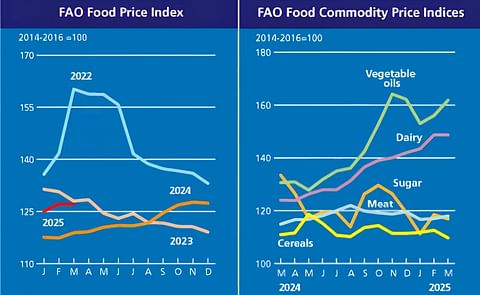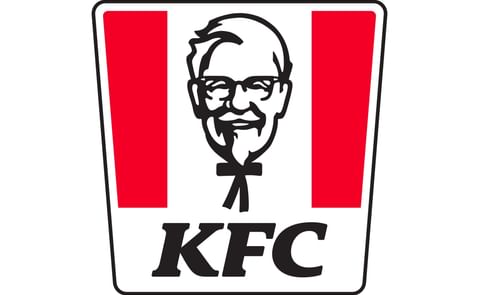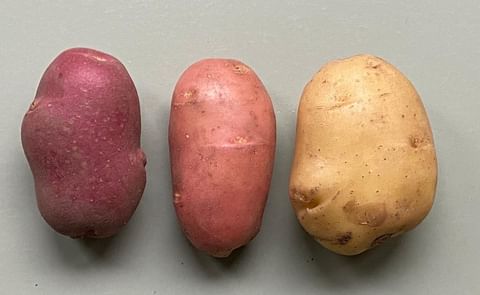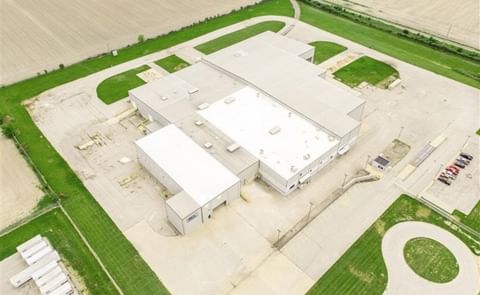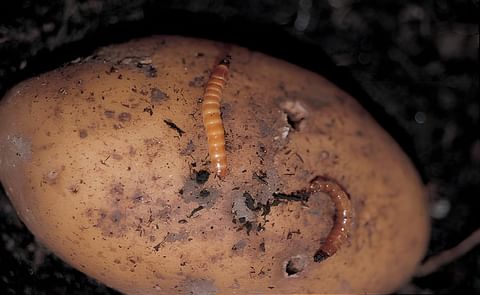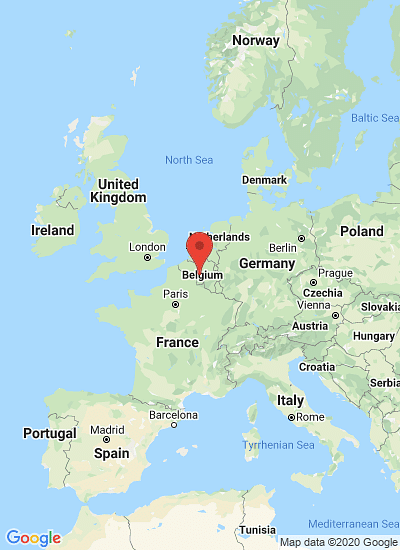The global population has been expanding rapidly for many years, standing at around 7.3 billion in 2016. This brings with it a number of challenges around global sustainability, including the need for more food.
The effect of population growth on efficiency in food production

The global population has been expanding rapidly for many years, standing at around 7.3 billion in 2016, due to a number of factors, such as advanced maternity and healthcare.
However, the rise brings with it a number of challenges around global sustainability, including the need for more food.
As an essential resource, the supply of food is a major concern across all countries, but - as with any resource - is dependent on growers, suppliers and distributors to bring it to market.
Exponential growth
According to the Food and Agricultural Organization of the United Nations (FAO), the global population is expected to increase by around 2.3 billion people between now and 2050. Although this is a slower rate of growth than the one seen over the past 40 years, it is still a 30 per cent increase in the number of people who will need feeding.
At the same time, the amount of food that will need to be processed will rise by almost 70 per cent – and 100 per cent in the developing world – which will mean increased supply of several products to help cope with the demand.

This article was written by Ashley Hunter, senior vice-president and head of TOMRA Sorting Food
Annual production of cereal will need to grow by almost one billion tons, and meat production by over 200 million tons, to a total of 470 million tons in 2050. 72 per cent of this will take place in developing countries, up from 58 per cent today.
Additional factors
The Population Institute estimates that a 70 per cent increase in food production will also have to take into account increases in energy prices, as well as factors such as the groundwater depletion, the loss of farmland to urbanization, and potential flooding and droughts caused by climate change.
This rapid increase and the associated challenges will place additional strain on food production. The cost of doubling production in the developing world alone will require investment of almost $100 billion per year, not including any infrastructure that will be required to implement and support it.
A further problem will be increasing agricultural activity even though global governments are trying to reduce global greenhouse gas emissions – something the production and distribution of food has contributed to significantly in the past.
Multiple challenges
A multi-targeted approach will be required to help overcome the many challenges. This will include looking at how new approaches to food production and changes to the supply chain can boost efficiency. The FAO believes there is potential to increase crop yields, with technology playing a major role in helping to boost production efficiency.
The organization believes that having social and economic incentives in place will create more certainty over actual yield volumes and what is capable of being produced. Fears over a flattening out of yield volumes may be misplaced.
In addition to the size of the yield, boosting quality will also be a key aim for producers, as they try to improve processing capacity and availability. Meeting the needs of a rapidly expanding global population will require the production of food that meets safety standards.
The effect of urbanization must also be taken into account. A report from the Consultative Group for International Agricultural Research (CGIAR) suggests that rural-urban migration will continue to increase during the coming decades.
This growth will subsequently reduce farm labor availability in many countries and put pressure on supply chains. According to the CGIAR, this effect will require the development and use of technologies and production systems that increase input-use efficiency in agriculture.
Such approaches will contribute to global food and nutrition security while safeguarding the natural resource base and taking into account local, economic and social dynamics, as well as human and environmental health.
Balancing quality and quantity
As food safety standards rise and end-user tastes and demands change, quality will be a key issue. One of the main aims for food businesses will be how to achieve the balance of quality and quantity.
The investment needed to achieve these aims will also be a key subject for producers, particularly as the Population Institute says that meeting rising demand will come at a great cost.
Suppliers, distributors and concerns will all need to keep up to date with changes. This will mean ensuring food requirements are met, and that investment in future supply is adequate.
This investment extends to technology, which is playing a very important role in helping the industry to increase food production without compromising quality.
TOMRA’s range of food sorting technology is designed to maximize yields and increase productivity while reducing waste, which boosts efficiency considerably. The sensor-based technology is capable of identifying imperfections and can help to increase the quality of the yield as well as the overall yield quantity, therefore minimizing waste.
Ideas and new technology have moved faster than population growth for centuries, helping to ensure people and business around the globe can keep up to speed with an ever-changing world.
New innovations will continue to maintain this balance by boosting food production and distribution efficiency in the years ahead.
TOMRA Sorting Food and its range of sensor-based food sorting equipment are helping to address global food production challenges.



